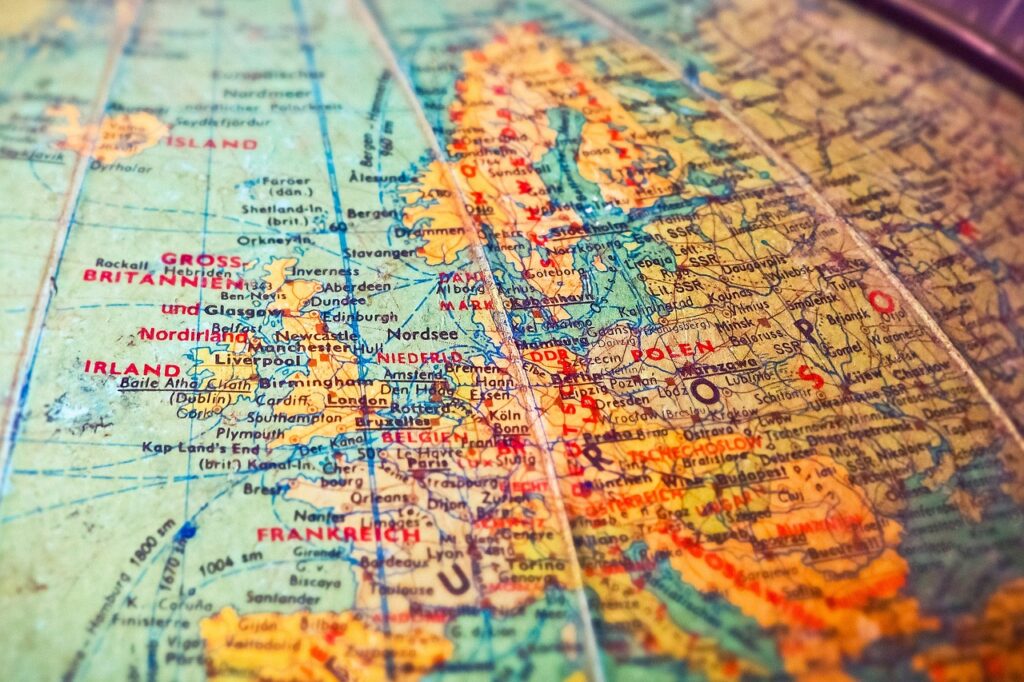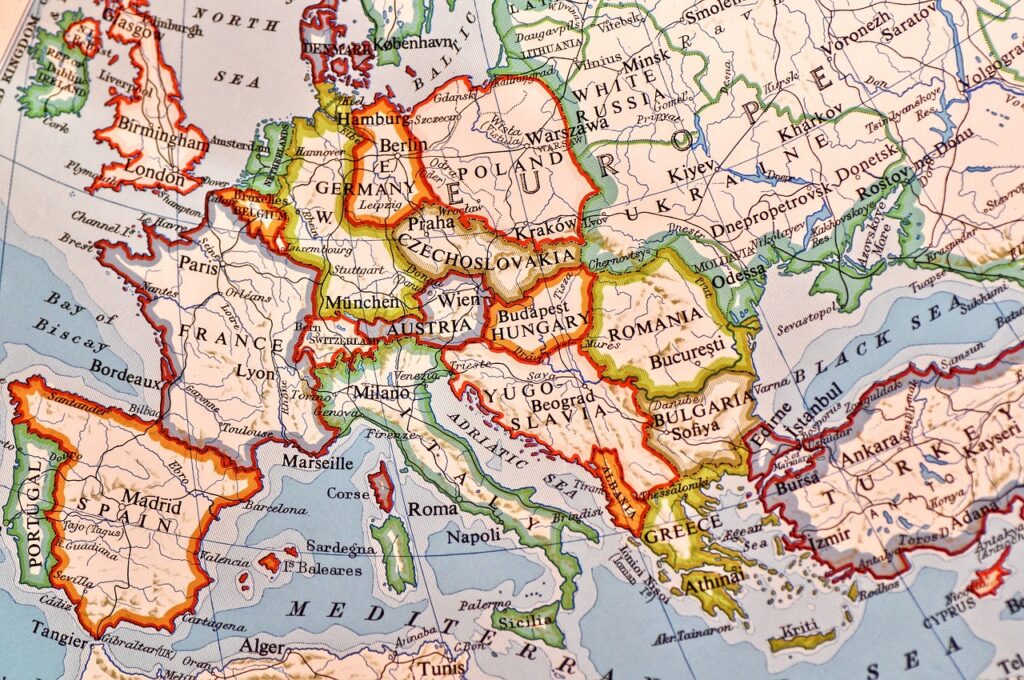What Kind of Plate Boundary Runs Across Iceland?
Iceland, a realm of awe-inspiring landscapes and geothermal marvels, conceals a geological mystery beneath its surface. The inquisitive might ponder, “What kind of plate boundary runs across Iceland?” The key to this enigma lies in the intricate convergence of tectonic plates, specifically the North American and Eurasian plates. So, What Kind of Plate Boundary Runs […]
What Kind of Plate Boundary Runs Across Iceland? Read More »





